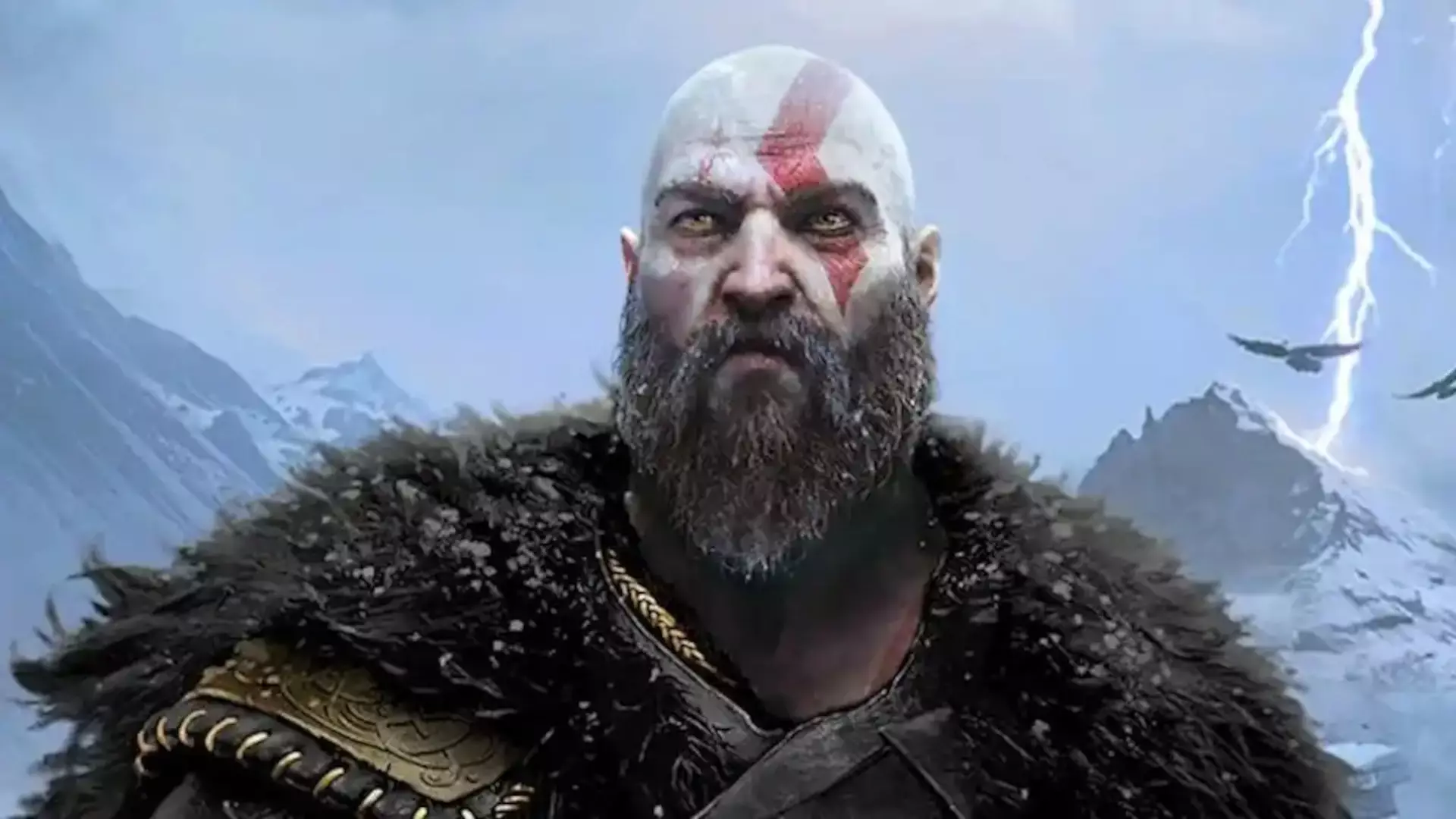In the rapidly changing landscape of video gaming, the recent debut of the Nintendo Switch 2 has attracted significant attention. This new console promises impressive features designed to enhance players’ experiences. However, while the allure of this innovative system is undoubtedly appealing, it raises an ongoing question that has long driven the gaming market’s competitive spirit: how does it compare to the leading console of the current generation, the PlayStation 5 (PS5)? The answer reveals a deeper narrative about market positioning, brand loyalty, and the intrinsic value of gaming experiences.
The Strategic Stance of Sony
Sony Interactive Entertainment, led by their president, Hideaki Nishino, has responded to the emergence of the Switch 2 with a firm belief in the distinct superiority of the PS5. In a recent corporate briefing, Nishino emphasized that while competition among gaming companies can invigorate the industry, it doesn’t overly concern Sony. His statements reflect a deep-rooted confidence in their approach to gaming technology, which prioritizes delivering an immersive, high-quality experience over merely keeping pace with competitors.
The PS5’s robust performance is strategically designed for maximum engagement on large screens, prioritizing what has become a hallmark of the platform: the immersive gaming experience. The advanced DualSense controller features serve as a testament to Sony’s commitment to a tactile and emotional gameplay experience—one that is hard to replicate. It reflects Sony’s vision of creating a “differentiated strategy” that sets their product apart in a crowded marketplace.
Catering to Creatives
A critical aspect of Nishino’s perspective lies in the encouragement he provides to creative developers. In a world increasingly defined by multi-platform releases, Sony aims to position the PS5 as the premier console for games that aspire to remarkable creativity and wide-reaching appeal. He pointed out that Sony’s tools empower creators to craft unique gaming experiences that provide substantial engagement and monetization opportunities. In essence, it’s not just about the console; it’s about fueling innovation and creativity for developers to flourish.
This focus on enhancing the developer experience has led PlayStation Studios to cultivate a catalog brimming with exclusive titles that showcase the platform’s capabilities. Fostering relationships with creators not only leads to a diverse gaming library but also solidifies loyalty among players who look to the PS5 for unique gaming innovations.
The Emotional Pull of Exclusive Titles
Sony has effectively maintained a strong lineup of exclusive games with beloved franchises such as “God of War” and “The Last of Us.” These games, which tend to resonate with an older demographic than Nintendo’s iconic titles, are instrumental in forging a dedicated player base. Interestingly, Hermen Hulst, head of PlayStation Studios, highlights the diverse appeal of Sony’s franchises. With engaging narratives and groundbreaking visuals, titles like “Horizon” and “Marvel’s Spider-Man” cater to a broad spectrum of gamers, inviting players from varied backgrounds to immerse themselves in various gaming worlds.
In stark contrast, Nintendo’s offerings revolve around family-friendly and whimsical games, creating a different kind of community. Titles like “Super Mario” and “Zelda” also attract die-hard fans but lean toward a younger audience, illustrating the differences in their target demographics.
Finding Your Console Fit
When deliberating which console best suits individual gaming preferences, it’s essential to recognize the intrinsic qualities and distinct characteristics each brings to the table. The PS5 is designed for a cinematic, home-based experience that facilitates deep immersion and compelling storytelling, while the Switch 2 champions versatility and portability, appealing to gamers on the go.
In this era of gaming, where options are plentiful, the best choice hinges upon personalized priorities. Some may prefer the engaging narratives and high-performance gaming offered by the PS5, while others may revel in the playful, inventive spirit that defines Nintendo’s consoles. Ultimately, the preceding discussions hint at a larger narrative: that the gaming landscape is not a battlefield of one versus the other, but rather a rich tapestry of choices designed to cater to diverse player experiences. And as these two giants continue to press their competitive edges, the gaming community stands to benefit from the heightened innovation and creativity that arises as a result.

